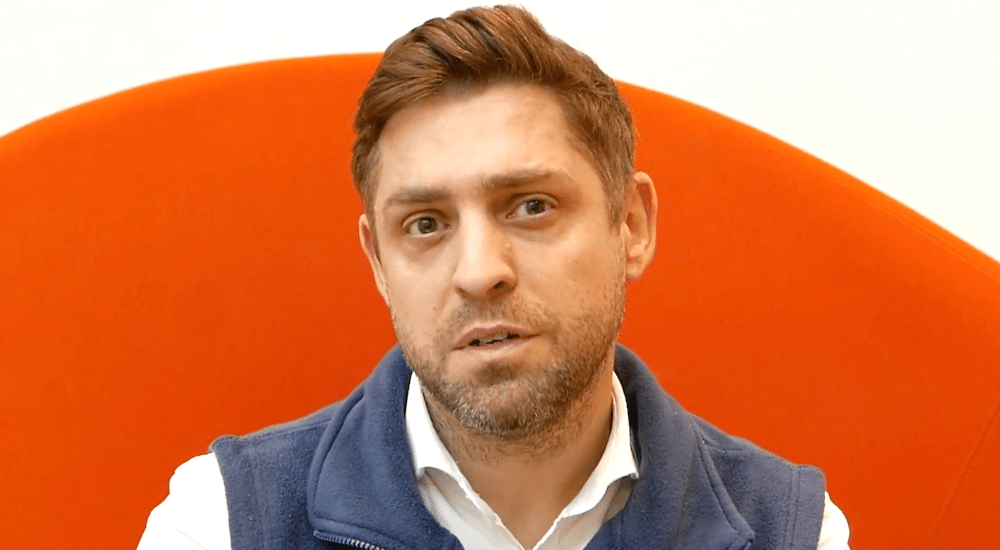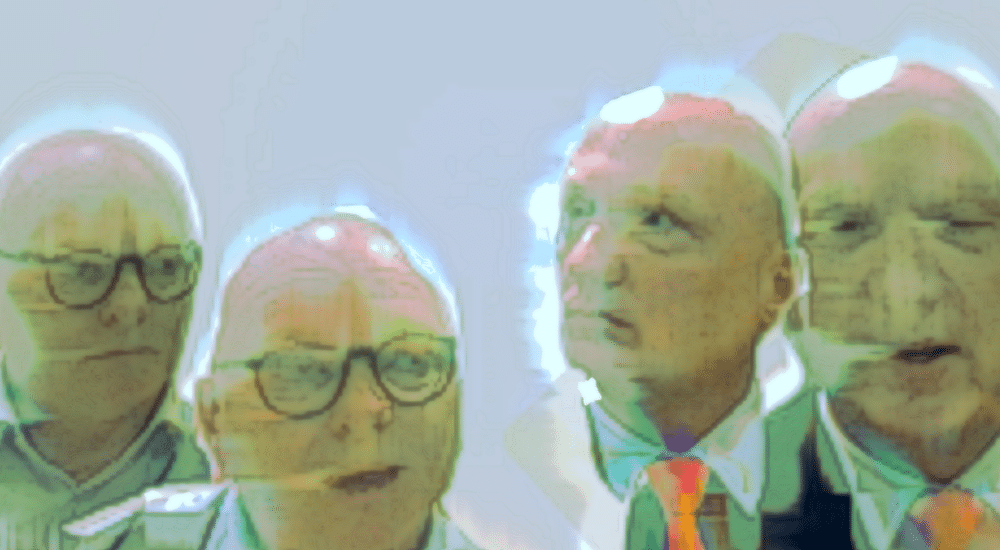Stigma - a kleptes point in hearing improvement
In 502BC, a young lady named Alexandra walked in the foothills of Mount Olympus, holding a heavy vase strapped to her back and bearing the punitive marks pricked into her forehead for everyone to see.

By Raúl García-Medina
The word was kleptes (from the Greek meaning a thief who steals by stealth, and from this, kleptomania, kleptocracy, for example), and there she carried this mark of shame, this stigma.
One year before, she had stolen food from a known family to feed her dying husband and young child. Her captor had reported her and brought her to the courtroom to receive her punishment.
Henceforth, the ink was now visible to all, and wherever she went, the glaring eyes of strangers always peered at her face in disgust. She was not able to escape the shame and embarrassment that the tattoo brought her every day.
She actually did not mind the ink itself; in fact, it could have been much worse. But it was how others perceived her that bothered her the most. As the sole able person in her household, she was forced to earn a living still, and therefore to continue to confront how society perceived her.
Stigma through the ages
In early Greek and Roman societies, the word stigma, derived from the root stig (meaning to prick or to puncture) was used to refer to the marks tattooed or burned into the skin of criminals or slaves as a visual testament to their marginal social status or deviance (C.P. Jones, 1987).
There were other types of stigma markers in medieval Europe, like clipped ears or visible brands. The intention was often to warn members of the general public to keep their distance (Marx, 2001). Furthermore, in the 18th century the word stigma had been employed to include signs of disease or physical degeneration. And in the 20th century, sociological theory extended this to include physical and symbolic markers of social deviance or condemnation.

Sensory disability turned into stigma
The more modern use involves the sociocultural processes by which individuals who belong to a marginalised group are labelled by others as abnormal, shameful, or simply undesirable.
The real problem of stigma lies, therefore, with the stigmatising communities in which individuals find themselves, rather than with the individual bearing the mark.
The concept of stigma, in the context of a physical or sensory disability, has also been ruthlessly amplified to medical conditions that involve impairments and functional limitations of the body or sensory organs linked and equated to concepts such as marginality, inferiority, and aberration. A comprehensive set of negative connotations.
A problem for the professional
In fact, social stigma directed at individuals with physical, mental, or sensory disabilities continues to restrict their opportunities to fully integrate and participate in community life. In the biomedical model, the focus of treatment is always to ‘fix’ the individual rather than to ‘enhance or improve’ the situation.
Hearing healthcare stigmatisation is part of what we all have had to deal within our professional careers. Delivering certain clinical information can become a burden because, though more often than not our diagnosis is accompanied by a possible solution, delivering the bad news and getting the patient to accept their situation, requires training, empathy, and experience.
The association with aging, the aesthetics of hearing technology, the cost involved (or not), the readiness to accept help, and many other connotations are already in their mind before they attend our clinics/departments.

Where the stigma problem really lies
However, the problem still lies in the perception of auditory impairment as a public rather than a private matter. Negative attitudes towards disabilities are still one of the most prominent challenges facing individuals with auditory impairment. Societal attitudes towards our patients or prospective patients are known to be complex, stable and resistant to change. Further research is needed into changing negative attitudes through disability legislation, lobbying, psychosocial research, environmental modifications, and empowering individuals with auditory challenges to use self-presentation skills to overcome the negative societal attitudes they experience.
Are we about to see kleptes removed?
But perhaps the OTCs, the cool designs of new hearing devices with added new technology, Barbies with hearing instruments, famous and successful individuals with disabilities, and the education of society at large will soon become the laser tattoo removal that will banish stigmatisation into oblivion,… albeit with a little mark still left on Alexandra’s forehead.
Source: FROM THE OVAL WINDOW Audio Infos UK issue 151 November-December 2022
 Sign in
Sign in



